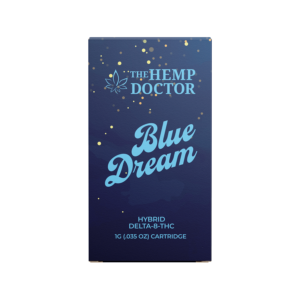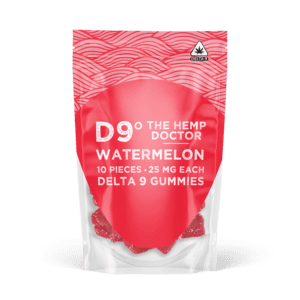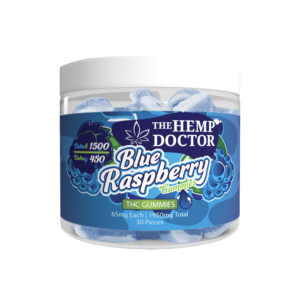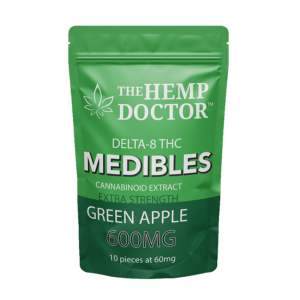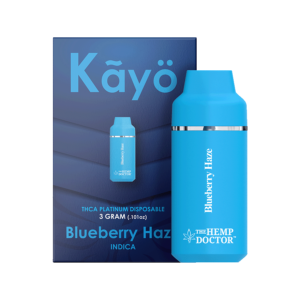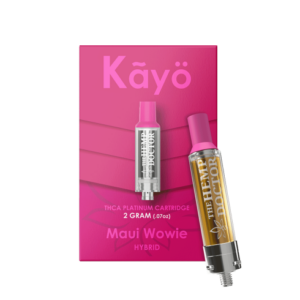Understanding your target audience is crucial. Modern-day cannabinoid customers defy common stereotypes and exhibit intentional and distinct consumer behavior.
This growing shift is particularly evident with the legalization of cannabinoid use in approximately three-quarters of U.S. states, whether for medical or recreational purposes.
This guide will help you understand cannabinoid customers and where they’re coming from so that you can target them more effectively. You’ll learn who these cannabinoid customers are and some techniques you can use to refine your advertising approaches and optimize your product selection.
Who Is Buying CBD, and What Do They Want?
The average CBD consumer is diverse, spanning various age groups and backgrounds.
Research indicates that CBD usage isn’t confined to any specific age bracket but is prevalent among individuals between 25 and 45 years old, with a significant portion including seniors seeking alternative wellness solutions.
Geographically, CBD consumers are found nationwide, but urban areas tend to exhibit higher usage rates due to increased accessibility to CBD products. 21% of those in the Western US use CBD products compared with 13% in the South and 11% in the East and Midwest.
Motivations for using CBD vary widely. Generational trends reflect a more open-minded approach toward natural wellness solutions.
Gen X is adopting CBD, constituting 28% of all CBD users falling within the age range of 40 to 54. Among this group, the primary health concerns prompting CBD usage are anxiety, inflammation, and depression.
Millennials are increasingly adopting CBD as a self-medicating remedy for diverse health concerns. According to research, 56% mentioned using CBD for anxiety, managing depression (33%), and dealing with insomnia (18%).
Additionally, a significant portion of millennials and Gen Z use CBD regularly, with 48% reporting its use twice a week.
Income groups among CBD consumers vary, with a broad spectrum of users from different financial backgrounds.
Overall, CBD consumers are middle-class, with 59% having an annual household income of at least $40,000. Among higher-income consumers with an annual household income of $100,000, 61% spend $51 or more per CBD product, while 52% of total CBD consumers spend that amount.
CBD consumers generally have higher levels of education. Over 73% have an associate degree or higher.
Interestingly, there’s also a growing trend of pet owners turning to CBD products for their furry friends, seeking potential health benefits similar to those experienced by humans.
Marketing Approaches
Tailor digital marketing strategies that highlight CBD’s benefits for specific age groups. Having an online presence is crucial to attracting young users in particular. Use social media and influencer marketing platforms for younger demographics and wellness-oriented publications for older consumers.
Income data for these cannabinoid customers suggests they would be open to premium products and are not necessarily looking for the cheapest or most budget-friendly option.
Consider different sales channels including online platforms, messaging apps, specialty health stores, and partnerships with wellness professionals or pet care outlets to reach a wider audience.
You can also use loyalty programs to offer discounted rates to regular users who believe CBD is effective for their issues. Some of the products we recommend are:
- Broad-spectrum CBD formulations: Offerings with zero THC are great for users who are cautious about psychoactive effects but still want the benefits.
- Topical and Edibles: Explore diverse product formats like CBD creams, gummies, or beverages to cater to varying consumer tastes.
Who Is Buying Delta-8, and What Do They Want?
Predominantly, individuals aged between 25 and 45 show considerable interest in Delta-8. However, interest spans across various age brackets due to the compound’s milder psychoactive effects compared to traditional THC products.
According to a study, patterns in Delta-8 usage share both similarities and differences with the use of Delta-9 and other related products. Around half of the participants (51%) used Delta-8 to address various health and medical conditions. Notably targeting anxiety or panic attacks (69%), stress (52%), depression or bipolar disorder (46%), and chronic pain (41%).
Participants viewed Delta-8 positively compared to Delta-9 and pharmaceutical drugs, indicating substantial substitution for both.
Another study revealed that participants mostly consumed Delta-8 using methods such as edibles (64%-gummies, brownies, etc), vaping concentrates (48%-hash, wax, dab, oil, etc), and tinctures (32%).
Additionally, others consumed Delta-8 through smoking concentrates (23%), smoking bud or flower (18%), vaping bud or flower (9%), topical products (9%-like lotion, cream, oil, or skin patches), capsules (6%), suppositories (1%), and other methods (1%).
Geographically, Delta-8 consumers are found nationwide, although urban and suburban have a higher adoption rate due to availability.
Marketing Approaches
To target Delta-8 cannabinoid customers, you should develop informative content highlighting Delta-8’s benefits, safety profile, and potential effects, targeting health-conscious consumers seeking alternatives. Remember to optimize this content for search engines using SEO strategies.
Customer data shows a significant preference for edibles. Carrying a larger selection of them may be key to attracting the largest share of Delta-8 cannabinoid customers.
Engage with online communities, wellness forums, and social media platforms. Launch email marketing campaigns to create brand awareness and credibility among curious and informed consumers. Use e-commerce websites and collaborate with natural health stores to tap into niche consumer groups.
Products we recommend include:
- Milder potency options: Introduce Delta-8 products with lower potency levels to cater to those seeking relaxation without overwhelming psychoactive effects.
- Innovative formats: Explore new product formulations such as Delta-8-infused beverages, edibles, or topicals, providing alternative and appealing consumption options.
Who Is Buying Delta-9, and What Do They Want?
Data suggests that individuals between 18 and 34 constitute the most significant portion of Delta-9 users. These users are drawn to its various effects and potential experiences.
Interestingly, seniors are emerging as one of the fastest-growing demographics among Delta-9 consumers. It’s an indication that the aging baby boomer generation, known for their experience with psychotropic substances during their formative years, are surprisingly comfortable with these products.
Presently, Delta-9 products are federally legal nationwide as long as they meet federal THC limits.
For most older Americans, Delta-9 consumption is not primarily about achieving a state of euphoria but rather about addressing issues like sleepless nights, pain management, and relief from stress.
Marketing Approaches
Develop educational content highlighting the diverse uses and benefits of Delta-9 for different age brackets, focusing on seniors’ specific needs and concerns.
Collaborate with senior centers, retirement communities, or healthcare professionals to build trust and awareness among the senior demographic.
Offer a range of Delta-9 products with diverse potency levels to cater to experienced users and potential cannabinoid customers seeking milder effects.
Impress All Your Cannabinoid Customers with The Latest Products
Now you understand the demographics for different cannabinoids and how to target these cannabinoid customers with the products and effects that they are seeking. Use what you’ve learned to build new marketing strategies and choose the best products for your store. Want to impress your cannabinoid customers with new inventory like our THCA products? Explore the latest range of high-quality cannabinoid products at THD Wholesale.
